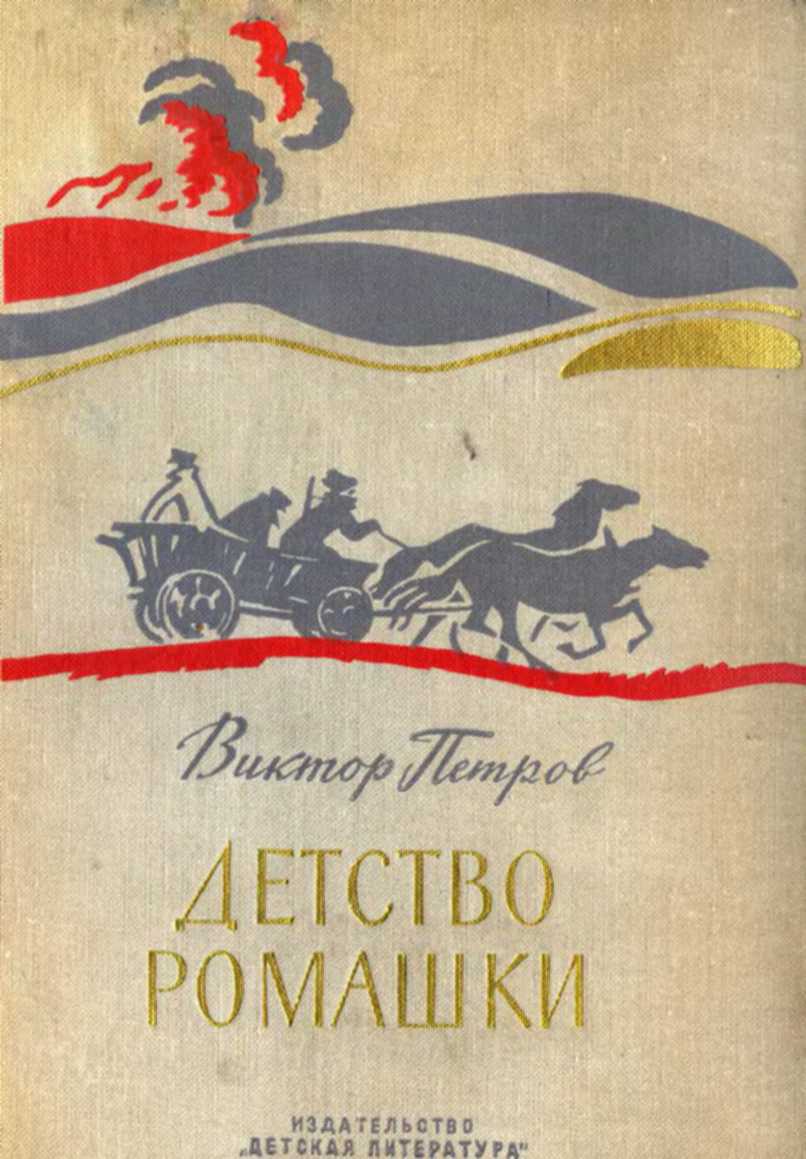a barrel than it actually received in dollars after the price increase (Hammes and Wills 2005).
41. Rockoff (1984, p. 214).
42. Ravenscraft and Scherer (1987, p. 21).
43. Labor productivity in the US began declining hand-in-hand with inflation after 1965
(Clark 1982), though it is hard to assign causality to the inflation itself, since resources were being diverted from private to public use during this period for war and redistribution (Meltzer 2009, p. 483).
44. As Boudreaux and Shughart (1989) find.
45. This was one of the central issues in play during the so-called socialist calculation debate that took place among economists between the wars. Even fully socialist central planning would still need to rely on market signals, especially for capital goods, in order to allocate resources rationally (Lavoie 1985, p. 60).
46. Carlton (1982).
47. Galbraith (1967, p. 2).
648 Notes to Chapter 9
48. Rumelt (1986, p. 65).
49. Roe (1996, p. 113).
50. Penrose (1959).
51. “The M-form begot the monster of the conglomerate” (Shleifer and Vishny 1991, p. 56). 52. Sobel (1982).
53. Sobel (1982, p. 173).
54. Shleifer and Vishny (1991).
55. Gertner, Scharfstein and Stein (1994); Rajan, Servaes, and Zingales (2000); Williamson
(1985, p. 142).
56. Lang and Stulz (1994).
57. In addition, a conglomerate might be able to reduce its total corporate tax bill by offset-
ting gains in one division with losses elsewhere (Bhidé 1990, p. 71).
58. Jensen (1986); Mueller (1969).
59. Geneen (1970, p. 727)
60. Ling (1969, p. 19). Ling also noted that diversification was forcefully urged upon contrac-
tors by the defense establishment, another example of the divergent industrial policies pursued by the Defense Department and the antitrust authorities. The defense agencies liked the insur- ance of diversification because it helped preserve capabilities in the technologies they might need.
61. Alchian (1969); Williamson (1975, p. 156).
62. Hubbard and Palia (1999, p. 1133).
63. Bhidé (1990, p. 77).
64. Geneen (1970, pp. 738–39). Technically speaking, of course, a conglomerate is not a
cooperative of its constituent divisions because it is owned by the stockholders of the apex firm not by the (stockholders of) the divisions.
65. Chandler (1977, p. 9).
66. Weston (1973, p. 310).
67. Edwards (1955).
68. Kaysen and Turner (1959, p. 134). 69. Turner (1965, p. 1322).
70. Turner (1965, p. 1346).
71. Williamson (1995, pp. 56, 63).
72. Sobel (1982, pp. 219–33).
73. Address by Honorable John N. Mitchell, Attorney General of the United States, delivered
before the Georgia Bar Association, DeSoto Hilton Hotel, Savannah, Georgia on June 6, 1969, 11:00 a.m., US Department of Justice, https://www.justice.gov/sites/default/files/ag/legacy /2011/08/23/06-06-1969b.pdf (accessed August 9, 2022).
74. Sobel (1982, p. 259).
75. United States v. International Tel. & Tel., 1971 Trade Cas. 90, 530 (N.D. Ill. July 2, 1971). 76. United States v. International Tel. & Tel. and Grinnell Corp., 324 F. Supp. 19 (D. Conn.
1970); United States v. International Tel. & Tel. and The Hartford Fire Insurance Company, Civil Action No. 13320 (D. Conn., filed August 1, 1969).
77. As Robert Bork observed, the doctrine of reciprocity is the “leverage fallacy in yet an- other context” (Bork 1978, p. 278).
Notes to Chapter 9 649
78. P. H. White (1971b, p. 210).
79. Rosen (2008, p. 184).
80. Rosen (2008, pp. 184–85).
81. Transcript prepared by the impeachment inquiry staff for the House Judiciary Commit-
tee of a recording of a meeting among the president, John Ehrlichman, and George Shultz on April 19, 1971 from 3:03 to 3:34 p.m., Richard Nixon Presidential Library and Museum, https:// www.nixonlibrary.gov/sites/default/files/forresearchers/find/tapes/watergate/wspf/482-017 _482-018.pdf (accessed August 9, 2022).
82. Sobel (1982, p. 286–90).
83. Mussa (1994, p. 86).
84. Samuel H. Williamson, “Daily Closing Values of the DJA in the United States, 1885 to
Present,” Measuring Worth, https://www.measuringworth.com/datasets/DJA/index.php (ac- cessed August 23, 2022).
85. Bhidé (1990, p. 81).
86. Sobel (1984, p. 191).
87. Ravenscraft and Scherer (1987, pp. 21, 41).
88. The second of these czars, the great regulation economist Alfred Kahn miscast in a thankless
role, did resort to comedy: he took to referring to recessions as “bananas” because, he believed, the term made people less nervous. (“Yes, We’ll Have No Banana,” Washington Post, December 3, 1978.) This did make banana growers nervous, so Kahn switched to “kumquat.”
89. Mussa (1994).
90. Vietor (1987, p. 7).
91. Roe (1994).
92. Bhidé (1990); Smith and Sylla (1993); Vietor (1987).
93. Vietor (1987, p. 35).
94. Weingast (1984).
95. Jarrell (1984). The institutional investors had also begun to use cheaper off-board alterna-
tives, and some of the larger regional exchanges had begun to accept institutional investors as members. All of these factors made the existing NYSE cartel arrangement untenable.
96. Bhidé (1990, pp. 77–78).
97. Smith and Sylla (1993, p. 44). Daily trading volume on the NYSE today is in the multiple billions of shares.
98. Jones and Seguin (1997).
99. Bhidé (1990, p. 78).
100. Manne (1965).
101. Donaldson (1993, p. 81).
102. Baker and Smith (1998, p. 19). Shortly before merging with Raytheon in 2019, United
Technologies would spin off as separate companies both Otis and its Carrier air-conditioning business. Dana Mattioli and Thomas Gryta, “United Tech to Break Itself into Three Companies,” Wall Street Journal, November 26, 2018.
103. Pickens (1987, p. 136).
104. Blair and Litan (1990, pp. 47–48).
105. Baker and Smith (1998, p. 22).
106. Bhagat, Shleifer, and Vishny (1990); Bhidé (1990); Shleifer and Vishny (1991).
650 Notes to Chapter 9
107. Jensen (1988, p. 21). Jensen estimates that over the period 1976–1990, value to target shareholders was $650 billion.
108. Rohatyn (1986, p. 31).
109. Lavoie (1984).
110. Bhidé (1989); Jensen (1988); Palepu (1990); Shleifer and Vishny (1988).
111. Jensen (1991).
112. Davis et al. (2014).





